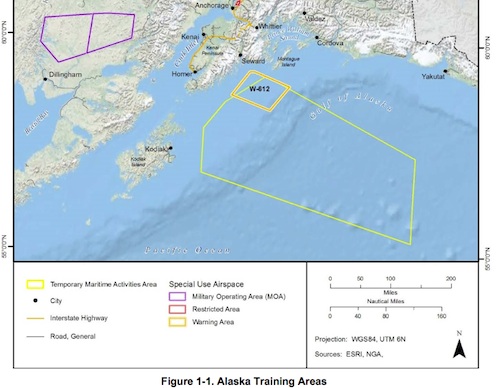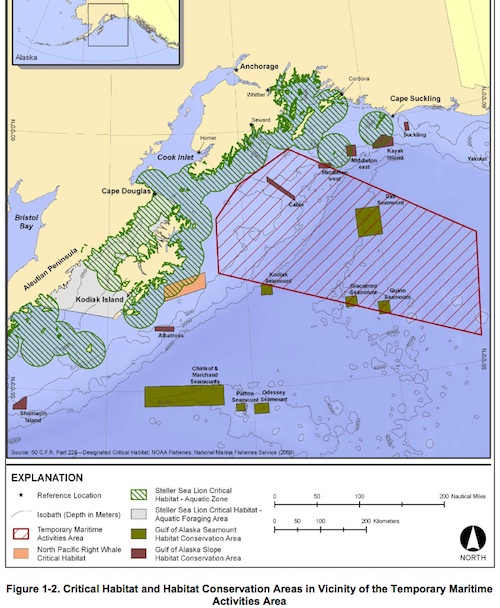NPS research shows human noise limits animal listening area, alerting distance
Animal Communication, Bioacoustics, Effects of Noise on Wildlife, Vehicles, Wildlands, Wind turbines 2 Comments »A key research paper from National Park Service and Colorado State scientists has been published in Trends in Ecology and Evolution. The paper, which got a lot of press when it was first made available online in the fall, introduces two key new metrics for measuring the effects of noise on animals. The first, “alerting distance,” is the distance at which sounds can be heard: these may be sounds made by a species to alert others to danger, or sounds made by predators (which prey animals want to hear, so as to take cover). The second, is “listening area,” the full area around an animal in which it can hear other animals’ calls, footsteps, and wingbeats. A key insight offered by this approach is that even moderate increases in background noise (from nearby roads, airplanes, or wind farms) can drastically reduce an animal’s listening area. The paper, which was free while in pre-press, is now available only to subscribers to the journal or other academic journal services; an article published in Park Science magazine and free to view online introduces much of the same material (be sure to click on the links to the figures, as they illustrate the concepts very well): see the article here, and check out the entire special soundscapes issue of Park Science here.
A very good article in the Aspen Times introduces the research, and includes many extremely insightful quotes from the researchers. Go read the whole article! Three bits that are especially worth keeping mind are:
- “The male sage grouse, in its mating displays, produces high-frequency popping sounds and swishing sounds,” Fristrup said. “It also uses a low-pitch hooting sound, which carries the farthest from the display area as a long-distance advertisement. The danger is, it doesn’t take a lot of noise to substantially reduce the range at which females or other males could hear that low-frequency hoot. So the attraction radius of the display ground could contract substantially with the inability to hear a hoot.” The authors note that some species can reduce the effects of masking by shifting their vocalizations. This is especially true when members of a species are communicating with each other. However, when the sounds a species depends on emanate from another species (such as a mouse burrowing under the snow, which an owl needs to hear as it hunts), there is less room for compensation.
- Carnivores like lynx, who sit at the top of the food chain, can be particularly sensitive to habitat degradation of any type — including auditory — since each individual requires a huge hunting territory. “If one part of the range of a top-level predator is compromised, it may not take much to squeeze it out,” Fristrup said.
- Contrary to what one might expect, noise is not always more disruptive when it’s louder. Snowmobiles or cars, for example, might be less disruptive to elk or deer than a hiker or cross county skier would be. “There’s pretty good evidence that so-called quiet use can disturb wildlife. If it’s a noisy source, the animal perceives it a long way off and can track its progress. There are no surprises, and it can go on feeding or doing whatever else. A quiet sound, like a snowshoer’s footstep, is only perceptible when it is very close, potentially startling the animal,” Fristrup said.
To read AEI’s detailed lay summary of the research paper, published here in December, see this link.









